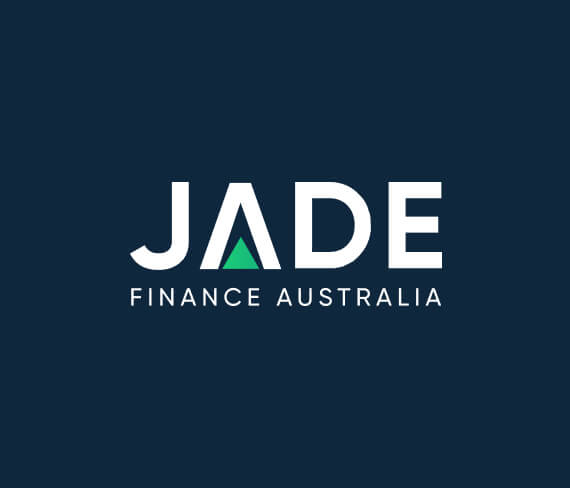At its May meeting, the RBA Board alluded to further rate rises and at its Tuesday June 7 meeting that became a reality. The RBA lifted the official cash rate by 0.5% to 0.85%. The decision was significant due to the size of the increase as a rise of 0.25% or possibly 0.4% had been widely discussed in economic and financial circles. The June RBA rate rise has implications across lending markets and those seeking finance will be considering their options to secure cheap loans and finance.
The decision by the RBA is of course in response to surging inflation in the Australian economy. Inflation is at a level that even the RBA had not expected when it issued its May Monetary Statement.
With two months in a row of rate rises and more ahead, it is clear that the historic record low interest rates are consigned, for now, to history. But there are still options for those seeking motor vehicle finance, boat and motorcycle loans, caravan finance, trucks loans, equipment finance and general business finance to secure cheaper interest rates through utilising astute loan sourcing practices.
We first update on the RBA Board’s June meeting statement and then provide valuable information for the effect these rate rises have on existing loans and for those seeking to secure loans and finance moving forward.
June Statement by RBA Governor, Philip Lowe
The statement announcing the RBA Board meeting outcomes is issued by RBA Governor Lowe and is published on the RBA website. A complete transcript of the meeting minutes is issued at a later time.
The RBA dropped the cash rate as part of the 2020 stimulus measures and with those measures no longer required, is embarking on a process of normalising rates back to pre-pandemic levels.
The key points for June include:-
- Cash rate rise of 0.5% taking the rate from 0.35% to 0.85%
- Inflation in Australia is below the levels being experienced in a number of other advanced economies but above previous expectations.
- Inflation driven by global events and factors including Ukraine situation, pandemic issues prevailing in key manufacturing and exporting countries such as China and disruptions in chains of supply for many goods and commodities.
- Domestic matters fuelling the surge in inflation include issues around shortages with labour market and inability that creates for businesses to operate to capacity and the floods in eastern Australia putting pressures on food pricing.
- Inflation is 5.1% currently and expected to rise prior to decreasing in 2023 to closer to the RBA’s target range of 2-3%.
- Fuel prices and energy prices as well as commodity prices given as reasons for unexpected high rates of inflation and future rises.
- Inflation should settle as supply chain matters start to ease globally.
- Growth figures for March quarter 0.8% and 3.3% for the year show resilience in domestic economy.
- Construction work in the pipeline is at high levels.
- Business investments showing increase.
- Lowest unemployment in 50 years at 3.9% indicative of strong but tight market for labour. High level of job advertisements.
- Uncertainty around global issues especially China as a major trading partner and as to how spending by households will react to inflationary and price pressures on budgets.
- Effect of the Ukraine war on energy and commodity prices a source of uncertainty.
The Board has indicated that additional rises will be required in the months ahead. The next Board meeting is Tuesday 5 July.
Significance for Consumer Loans and Business Finance
As we have covered in a number of explainers, the official cash rate is essentially the starting point from which the lending sector sets its rates. Interest rates vary across the different lending markets and for consumer loans compared with business finance. Increases and decreases in the cash rate by the RBA will be reflected in changes to lending rates by banks and non-bank lenders.
Points to note:-
- Existing loans which are at fixed rates should remain unchanged when rates change.
- There is no change to the types of loans and finance or to the features of loan products.
- Workable and affordable consumer loans and business finance are still achievable and those seeking finance can benefit from utilising the services of Jade Finance in sourcing the cheapest interest rate loans that meet individual requirements.
- Better interest rates are still available as lending markets can be competitive and our consultants provide access to specialist lenders as well as key expertise to negotiate on rates.
- Increased rates mean loans cost more so lenders may be more critical when it comes to approvals – using a broker such as Jade Finance can assist by handling the challenging negotiations and discussions.
- Keep credit profiles in good rating as the cheapest rates advertised are for applicants with good credit scores.
- Businesses can consider the tax benefits available through measures such as IAWO and temporary full expensing and Loss Carry Back to reduce the effective cost of finance.
Our Jade Finance consultants can assist by negotiating with lenders to achieve preferred loan terms and conditions to achieve more affordable repayments and better interest rates.
Contact Jade Finance 1300 000 008 to discuss how we may assist you to achieve cheaper interest rate finance following the RBA rate rise decision
DISCLAIMER: NO LIABILITY IS ACCEPTED IF ERRORS OR MISREPRESENTATIONS ARE FOUND IN THIS ARTICLE. THE ARTICLE IS PREPARED AND PRESENTED FOR GENERAL INFORMATIVE PURPOSES AND IS NOT INTENDED TO BE THE SOLE SOURCE OF INFORMATION FOR MAKING FINANCIAL DECISIONS. THOSE REQUIRING GUIDANCE AND ADVICE SHOULD CONSULT A FINANCIAL ADVISOR.
